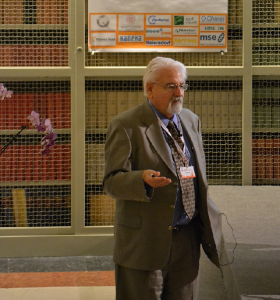
Dr. Richard Passwater’s interviews with Dr. William Judy (pictured here) in the WholeFoods Magazine are fascinating reading about the absorption and clinical effects of Coenzyme Q10.
In the February and March 2019 issues of WholeFoods Magazine, Dr. Richard Passwater has published part 1 and part 2 of his interview with Dr. William Judy. These interviews are must reading [Passwater 2019].
The Main Coenzyme Q10 Points in the Dr. Passwater – Dr. Judy Interviews
Dr. Passwater’s interviews with Dr. Judy focus on current issues in CoQ10 research. These issues are of interest to all of us who want to maintain good heart health.
Coenzyme Q10 Molecules are Redox Molecules With Oxidized and Reduced Forms
Coenzyme Q10 molecules are redox molecules with an oxidized form of Coenzyme Q10 called ubiquinone, an intermediate partially reduced form called ubisemiquinone, and a reduced form called ubiquinol. The ubiquinone and ubiquinol forms are both used in Coenzyme Q10 supplements. Both forms are active and important forms.
The cells convert the Coenzyme Q10 molecules back and forth from the one form to the other, according to what the body’s chemistry needs. The inter-conversions occur frequently and rapidly, often within nanoseconds.
The oxidized form of Coenzyme Q10 is called ubiquinone and is essential for the production of ATP energy compounds in the mitochondria of cells. ATP molecules are the main energy storage compound in the cells.
The reduced form of Coenzyme Q10 is called ubiquinol and is important as a fat-soluble antioxidant. It is a widely spread misconception that one needs to take a ubiquinol supplement to get adequate ubiquinol in the blood plasma and in the lipoproteins in the blood.
Dr. Judy points out that a seminal study conduced by Dr. Detlef Mohr, Dr. Vincent W. Bowry, and Dr. Roland Stocker has shown that daily supplementation with 300 milligrams of the ubiquinone form of Coenzyme Q10 will increase the ubiquinol concentration in the plasma and in the LDL lipoproteins four-fold [Mohr].
Absorption of Coenzyme Q10 Difficult
The CoQ10 raw material comes in a crystalline powder form. The body cannot absorb CoQ10 crystals. The CoQ10 supplement manufacturer must produce the supplement in such a way that the CoQ10 crystals will dissolve at body temperature to single CoQ10 molecules, which can be absorbed.
Further hindering the absorption of Coenzyme Q10 is the large size of the CoQ10 molecules and their fat-soluble nature. Being fat-soluble and thus hydrophobic, the CoQ10 molecules need help to pass through the watery phase of the small intestines to reach the intestinal absorption cells.
Ubiquinone and Ubiquinol Bio-Synthesis and Conversion
In his conversation with Dr. Passwater, Dr. Judy makes the point that ubiquinone is itself synthesized (i.e. ubiquinone is synthesized from other compounds) within the body but that ubiquinol is not synthesized within the body. The body converts ubiquinone into ubiquinol as needed, but it does not synthesize ubiquinol in the way that it synthesizes ubiquinone.
Once we pass our 20s, most of us synthesize less ubiquinone Coenzyme Q10 with increasing age. It is impossible to make up the age-related loss by eating more foods containing Coenzyme Q10. Supplementation is necessary.
Similarly, taking a statin medication will inhibit not only the body’s synthesis of cholesterol but also of Coenzyme Q10. Again, supplementation is necessary.
Ubiquinone and Ubiquinol Absorption and Conversion
The ingested oral ubiquinone CoQ10 supplement passes through the stomach and the small intestines. The proportion of ubiquinone Coenzyme Q10 (the oxidized Coenzyme Q10) that gets absorbed is then converted to the reduced form of Coenzyme Q10, the ubiquinol form, in the lymph. It traverses the lymph slowly. By the time the absorbed Coenzyme Q10 reaches the blood circulation, the Coenzyme Q10 90–95% in the reduced (ubiquinol) form.
It makes sense to Dr. Judy that the circulating Coenzyme Q10 should be predominantly in the reduced form. That is the form that provides antioxidant protection, which the white blood cells and the lipoproteins in the blood need. There is, correspondingly, considerably less need for the oxidized form of Coenzyme Q10 in the blood as the oxidized form is the form that is essential for the bio-energetics function.
By contrast, Dr. Judy’s large animal studies have shown that the reduced CoQ10 form, ubiquinol, is oxidized to ubiquinone in the stomach and the small intestines before it reaches the intestinal absorption cells. Dr. Judy’s studies show that the contents of the ubiquinol supplement may start out as ubiquinol but the Coenzyme Q10 gets absorbed mostly in the ubiquinone form because the GI system oxidizes the ubiquinol to ubiquinone before absorption.
Comparison Study of Ubiquinone and Ubiquinol Bio-Availability
Dr. Judy refers to the comparison bio-availability study done by Professor Guillermo Lopez-Lluch and Professor Placido Navas. Their study results show that a well-formulated ubiquinone CoQ10 product is absorbed significantly better than a well-formulated ubiquinol product and that both well-formulated products are significantly better absorbed than less well formulated products [Lopez-Lluch].
With respect to absorption and bio-availability, it seems logical to conclude that the formulation of the CoQ10 product – the composition of the carrier oils and the heating/cooling processes – is more important the the form of the CoQ10 product – ubiquinone or ubiquinol.
Clinical Benefits of CoQ10 Supplementation
In Dr. Judy’s opinion, the major field of study of Coenzyme Q10 is the prevention and adjuvant treatment of cardiovascular disease. The Q-Symbio Study of CoQ10 adjunctive treatment of chronic heart failure patients is arguably the best clinical study of CoQ10 supplementation. In that study, daily supplementation with 3 times 100 milligrams of a ubiquinone CoQ10 supplement for two years significantly improved the symptoms and survival of the heart failure patients [Mortensen].
Dr. Judy also finds the KiSel-10 Study conducted by Professor Urban Alehagen and a team of researchers at Linköping University to be a fascinating study. In the KiSel-10 Study, daily supplementation with 2 times 100 milligrams of a ubiquinone Coenzyme Q10 supplement in combination with 200 micrograms of an organic high-selenium yeast product significantly reduced the risk of death from heart disease, improved heart function, and improved health-related quality of life for senior citizens living in the community [Alehagen].
Conclusion – CoQ10 Supplements Not Equally Absorbed and Effective
CoQ10 supplements are not all the same, even if they are manufactured from the same raw material, and they do not all give the same absorption. The formulation of the CoQ10 product seems to be even more important than the form of the product.
The ubiquinol form is unstable and difficult to work with. It is not necessarily better absorbed than the ubiquinone form – despite marketing claims to the contrary – and it is not the only active form of Coenzyme Q10.
In his presentation at the 2015 conference held by the International Coenzyme Q10 Association in Bologna, Italy, Dr. Judy presented lab study evidence and large animal study results that ingested ubiquinol is oxidized to the ubiquinone form prior to absorption and is absorbed as ubiquinone, raising the question why consumers should be encouraged to buy ubiquinol supplements [Judy].
Dr. Richard Passwater – Research in Antioxidant Nutrients
Dr. Richard Passwater is a research bio-chemist who has studied antioxidant nutrients extensively. Over the years, he has interviewed many of the important scientists who have done Coenzyme Q10 research:
- Dr. Fred Crane (the discoverer of Coenzyme Q10)
- Dr. Emile Bliznakov (the author of The Miracle Nutrient: Coenzyme Q10)
- Dr. Stephen Sinatra (the author of The Coenzyme Q10 Phenomenon)
- Dr. Gian Paolo Littarru (the former president of the International Coenzyme Q10 Association)
- Dr. William V. Judy (the founder and president of the SIBR Research Institute)
Dr. William V. Judy – Research in Absorption and Clinical Effects of Coenzyme Q10
Dr. Judy earned a Ph.D. in physiology and bio-physics from West Virginia University. For many years, he taught anatomy and physiology in the Indiana University College of Medicine. He has done research on the absorption and the clinical effects of Coenzyme Q10 supplementation for 46 years. For more than 27 years, Dr. Judy collaborated with Dr. Karl Folkers, Institute for Biomedical Research, University of Texas at Austin. Dr. Judy has conducted long-term clinical trials, spanning 30 years or longer, of the adjuvant treatment of hundreds of heart patients with CoQ10 supplements.
In 2018, Dr. Judy published a book based on his experiences as a CoQ10 researcher. The title is The Substance that Powers Life: Coenzyme Q10, An Insider’s Guide. A book search using the key words Judy and Q10 will bring up the book on the amazon.com website.
Must Reading: The Dr. Passwater-Dr. Judy Interviews
I cannot emphasize enough that the Dr. Passwater – Dr. Judy interviews in WholeFoods Magazine are very informative and educational for those of us who are interested in Coenzyme Q10 and good health health.
Please see the references below.
Sources
Alehagen, U., Johansson, P., Björnstedt, M., Rosén, A., & Dahlström, U. (2013). Cardiovascular mortality and N-terminal-proBNP reduced after combined selenium and Coenzyme Q10 supplementation: a 5-year prospective randomized double-blind placebo-controlled trial among elderly Swedish citizens. International Journal of Cardiology, 167(5), 1860-1866.
Judy, W. V. (2018). The Substance that Powers Life: Coenzyme Q10, An Insider’s Guide. Forlaget Ny Videnskab. ISBN 978-87-7776-186-7. Available from amazon.com.
Judy, W. V. (2015, Oct. 11). Coenzyme Q10 absorption research. Paper presented at the 8th conference of The International Coenzyme Q10 Association, Bologna, Italy.
López-Lluch, G., Del Pozo-Cruz, J., Sánchez-Cuesta, A., Cortés-Rodríguez, A. B., & Navas, P. (2019). Bioavailability of coenzyme Q10 supplements depends on carrier lipids and solubilization. Nutrition, 57, 133–140.
Mortensen, S. A., Rosenfeldt, F., Kumar, A., Dolliner, P., Filipiak, K. J., Pella, D., & Littarru, G. P. (2014). The effect of coenzyme Q10 on morbidity and mortality in chronic heart failure: results from Q-SYMBIO: a randomized double-blind trial. JACC. Heart Failure, 2(6), 641-649.
Passwater, R. A. (2019, February 27) Coenzyme Q10: Research Confirms Ubiquinone and Ubiquinol are nearly equally-absorbed compounds. The physical form and companion ingredients make the bioavailability and absorption difference in Coenzyme Q10 supplements. Part 1: The functions and absorption of Ubiquinone and Ubiquinol. An interview with Dr. William V. Judy, Ph.D.. WholeFoods Magazine. Retrieved from https://wholefoodsmagazine.com/columns/vitamin-connection/coenzyme-q10-research-confirms-ubiquinone-and-ubiquinol-are-nearly-equally-absorbed-compounds-the-physical-form-and-companion-ingredients-make-the-bioavailability-and-absorption-difference-in-coenz/
Passwater, R. A. (2019, March 20). Coenzyme Q10: Research Confirms Ubiquinone and Ubiquinol are nearly equally-absorbed compounds. The physical form and companion ingredients make the bioavailability and absorption difference in Coenzyme Q10 supplements. Part 2: The absorption of Ubiquinone and Ubiquinol forms of Coenzyme Q10. WholeFoods Magazine. Retrieved from https://wholefoodsmagazine.com/columns/vitamin-connection/coenzyme-q10-research-confirms-ubiquinone-and-ubiquinol-are-nearly-equally-absorbed-compounds-the-physical-form-and-companion-ingredients-make-the-bioavailability-and-absorption-difference-in-coenz-2/
The information presented in this review article is not intended as medical advice and should not be construed as such.




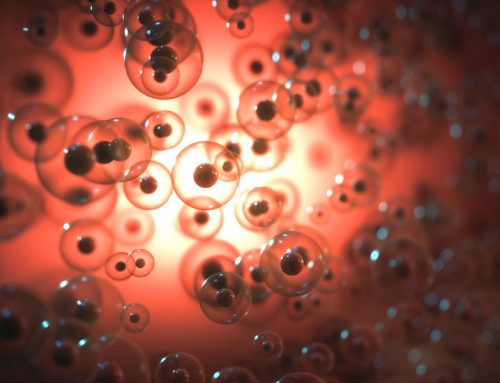
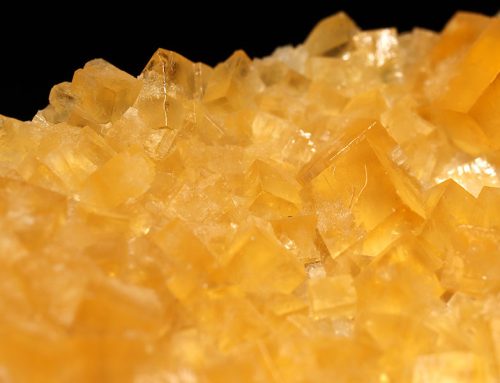
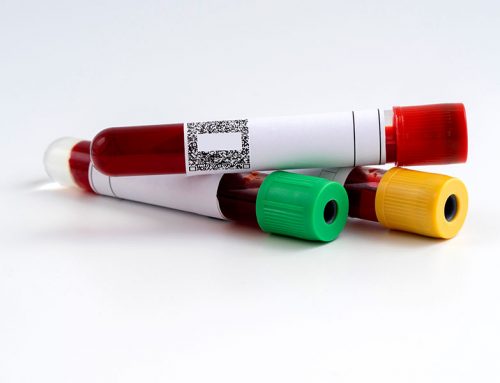
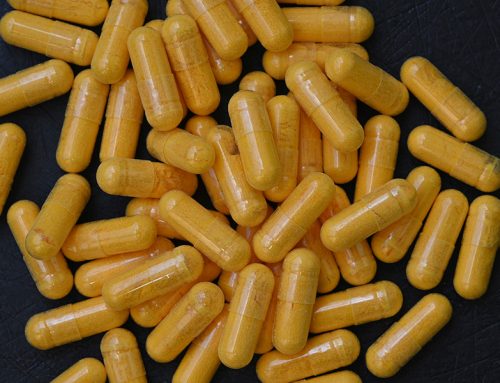
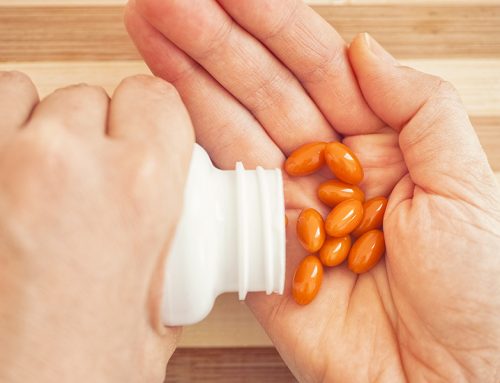
Leave A Comment